
Dog Teeth Cleaning: How Often Dogs Need Teeth Cleaned
Brushing your dog’s teeth is a crucial part of keeping your dog healthy, as dental health can impact their entire body. Finn has more on the recommendations.
There’s nothing sweeter than your puppy kissing your face, showing you how much they love you. Unfortunately, as those puppies become adult dogs, their breath doesn’t stay as fresh.
It’s important to learn how to brush your dog’s teeth as early as possible to keep their breath smelling good and prevent various health concerns later in life.
Aren’t Dental Cleanings at the Vet Enough?
Once your dog hits a certain point in life, your veterinarian is likely to start recommending regular dental cleanings. Often, this occurs around two to three years of age, depending on your dog’s breed, size, and overall health.
Dental cleanings usually involve taking x-rays of your dog’s mouth, which helps evaluate the health of their jawline and tooth roots. Many vets require bloodwork before the first time a dog has a dental, as they perform the procedure under general anesthesia.
Once they are under anesthesia, the vet (or certified veterinary technician) will “scale” and polish the teeth. This process removes plaque and tartar and polishes the teeth, lowering the chances that your dog will develop a dental disease in the future. Extractions and fillings can also be made during a dental cleaning if needed.
However, as thorough and beneficial as dental cleanings are for your dog, it isn’t enough to ensure that their teeth are healthy year-round. A lot can happen in the months between dental procedures, which is why vets usually recommend once a year for large breed dogs and twice yearly for smaller breeds. The only way to truly promote optimal dental health is by brushing your dog’s teeth at home.
How Do I Prepare To Brush My Dog’s Teeth?
We know… Brushing your dog’s teeth sounds like quite the challenge and depending on the pup, it definitely is.
Brushing your dog’s teeth is likely not something that either of you has experienced before, so the process may not occur as immediately or smoothly as most people expect. However, with patience and an awareness of the proper technique, you’ll be an expert at cleaning your dog’s pearly whites in no time.
The Tools
Before you can brush your dog’s teeth, you need to make sure you have the recommended tools for the job.
To safely and efficiently brush your dog’s teeth, you’ll want to purchase a pet-friendly toothbrush. Often, these toothbrushes are made to fit on the end of your finger, giving you more control while also being more comfortable for your dog.
For larger dogs, pet-friendly toothbrushes often have a curved handle so that you can more easily reach their back teeth. The ultimate goal is to get your dog’s teeth clean without disturbing their comfort, because they are less likely to sit still or come near you for teeth cleanings if they associate it with discomfort.
Using dog-safe toothpaste is also non-negotiable. Although it would be more convenient to use your toothpaste, we can’t train dogs to spit out the toothpaste instead of swallowing it. In addition, the amount of fluoride found in human toothpaste can be potentially problematic for our furry friends.
Some human-grade toothpaste also contains xylitol, a sugar substitute proven to be toxic for dogs. In addition, dog-safe toothpaste is made non-foaming and created to taste appealing to your dog with flavors like peanut butter, beef, and chicken. Yum!
Ease Your Dog Into Having Their Teeth Brushed
Even the most trusting dog will likely shy away from having their owner approach them with a toothbrush for the first time. To help your pup feel comfortable with this recurring cleaning , introduce the concept of brushing your dog’s teeth slowly and in steps.
Choose the Right Time and Place
Even the calmest dog can get stressed out when things are done to them, so you want to provide a quiet environment. That means ensuring there aren’t many loud noises or children running around the house. You’ll also want to remove any other pets from the area.
It’s also essential to have good lighting when you clean your dog’s teeth. You want to be able to see everything to ensure you’re doing a thorough job and to avoid accidentally hurting your dog.
Prepare Your Dog
If your dog isn’t used to being handled, you can take a few steps before attempting to brush their teeth for the first time. These steps can help your dog feel more at ease with the teeth brushing process and make it easier on you at the same time.
The first factor is learning how comfortable your dog is with you touching their mouth, specifically the gums and teeth. Start by lifting their top lip gently and see how they react. If they seem ok with it, continue holding the lip up and touching their teeth. Do the same with their bottom lip and teeth.
If your dog is not comfortable with this, it may take time to get them ready to have their teeth brushed. You can do practice sessions where you touch their mouth briefly and then immediately give them a treat (like an apple slice, which is good for their teefs!) to make it a positive experience.
Once your dog regularly lets you touch their teeth and gums, you can slowly begin to introduce the toothbrush. You can let your dog smell it or even put a little dog-safe toothpaste on it and let them lick it off as a treat. Then, when your dog seems ready, touch the toothbrush to their teeth. Make sure to touch the front, side, and back of the teeth and go slowly.
If your dog starts to look scared, stop. Make sure to also keep an eye out for signs that your dog may be about to bite.
How Can I Brush My Dog’s Teeth?
Once you have the right tools and space, and your dog tolerates having the toothbrush and toothpaste in their mouth, it’s time to get to brushing!
Start with the outsides of your dog’s upper teeth. Angle the brush at 45 degrees so that bristles touch the gum line, which helps massage the gums and clear away any build-up of plaque there. Make small circles with the brush, ensuring it touches the tooth's entire surface.
Note if any bleeding occurs — you can expect to see some light bleeding when you first start this new routine, but moderate to heavy bleeding of the gums may indicate gum disease or that you’re using too much pressure.
Try to keep the entire process to two minutes or less, even if that means you don’t get every tooth in their mouth every single time. The goal is to help promote your dog’s dental health without pushing their patience level too far.
If you can only do a few teeth, aim to clean their canines and their back teeth, as this is where the majority of the plaque tends to build up. Once you’re done, give your dog plenty of praise and reward them with a low-sugar treat.
How Often Should I Brush My Dog’s Teeth?
Optimally, it’s a good idea for you to brush your dog’s teeth at least once a day to help stop harmful bacteria from building up in their mouth. However, we understand that’s not always possible for some pet owners or their pets
As long as you’re making an effort to brush their teeth at least a few times a week, you’re doing your dog a huge service and saving yourself money in the long run! Just do the best you can.
What Is the Importance of Good Dental Health?
Just like humans, dogs are susceptible to various dental diseases. Considering that an adult dog has 42 teeth, that gives them an increased likelihood that something may go wrong with at least one of them at some point in their life.
Here are just a few potential dental disease issues that your dog may experience:
- Gum diseases like gingivitis and periodontitis.
- Endodontic diseases that occur inside the teeth (often due to tooth decay or trauma).
- Cavities (this is less common than other dental issues)
If left untreated, the bacteria that has grown out of control in the mouth can also enter your dog’s bloodstream. Over time the bacteria can also negatively impact the organs, especially the heart, kidneys, and liver.
Of those, dental-related heart disease is often the most dangerous, so annual veterinary wellness exams are essential to keeping your dog healthy for as long as possible. Nothing happens in isolation, and each part of your dog’s body can potentially impact every other part as well.
In Summary
Learning how to brush your dog’s teeth is an essential part of pet ownership, as it can be the key to helping your dog avoid painful and sometimes systemic health issues later on in life.
While it may take some time to get them comfortable with the concept, you can make a huge difference in your dog’s overall health and wellness if you're patient. When done correctly, brushing your dog’s teeth is a crucial tool in your pet parent toolbox.
Sources:
Fluoride Poisoning in Animals - Toxicology | Merck Veterinary Manual
Xylitol toxicity in dogs | PubMed
Dental Disorders of Dogs - Dog Owners | Merck Veterinary Manual

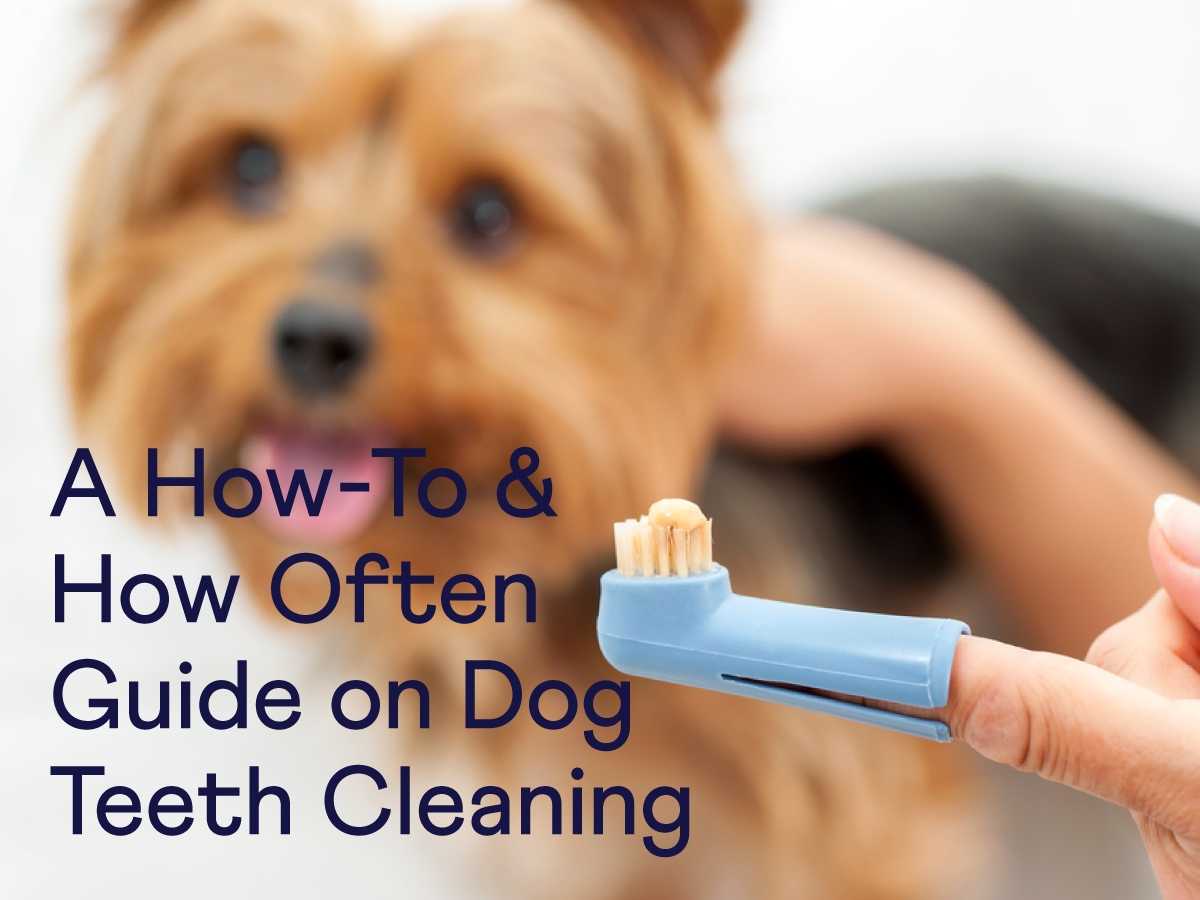
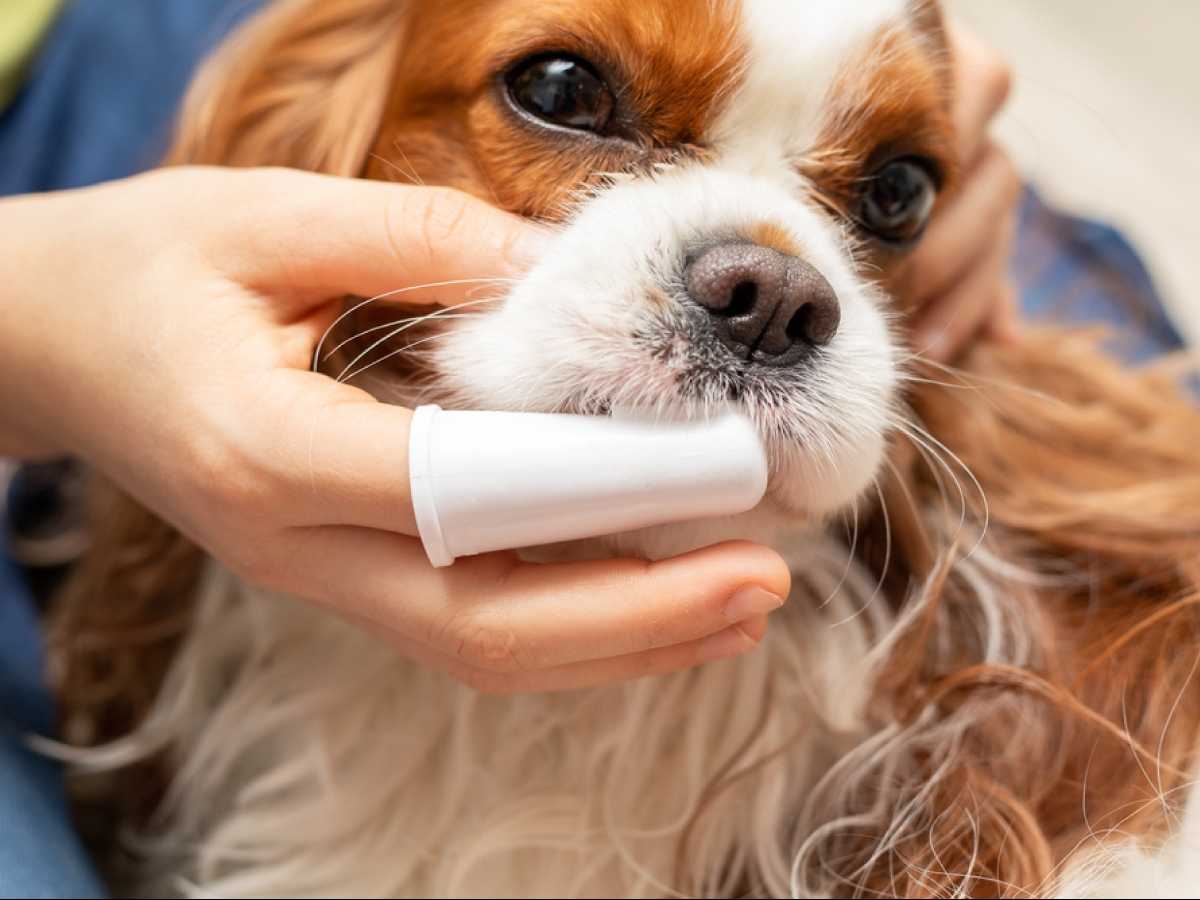
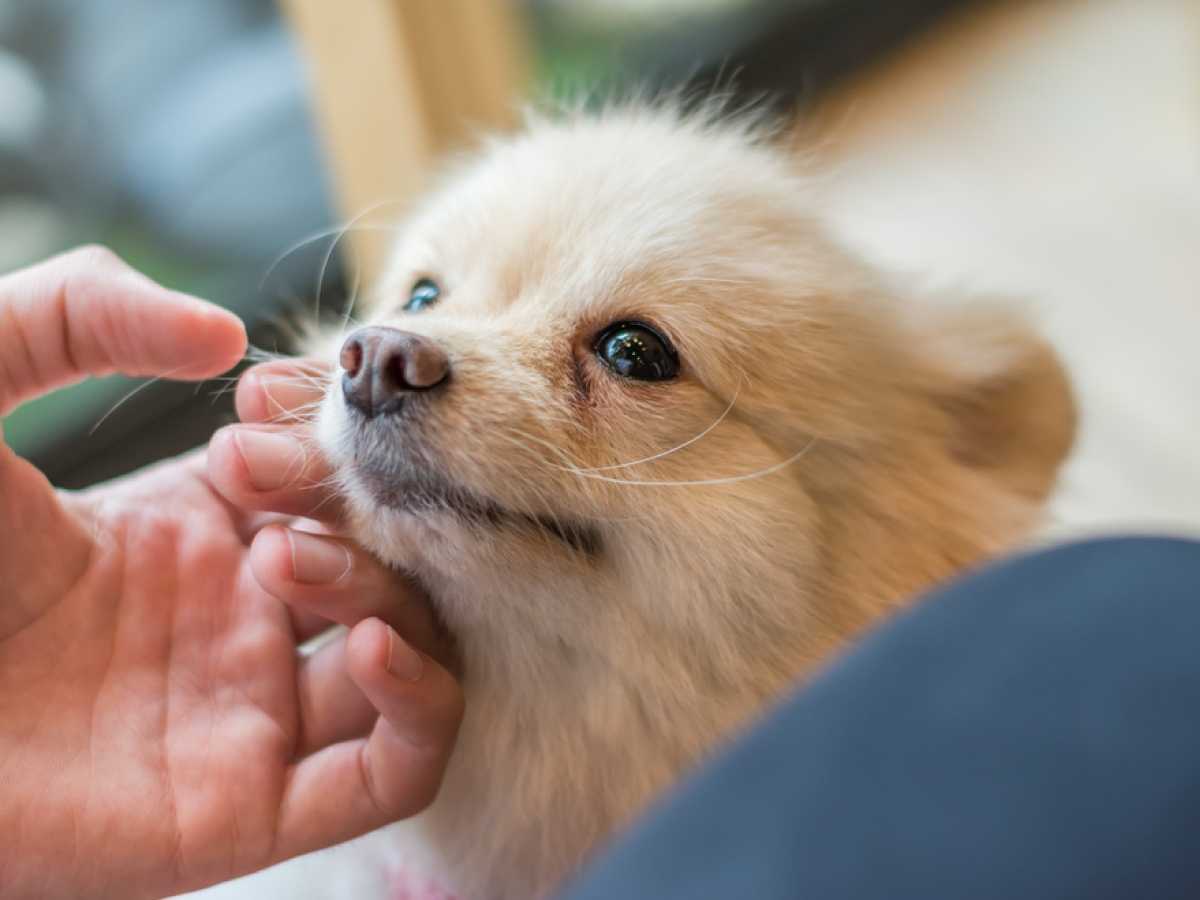
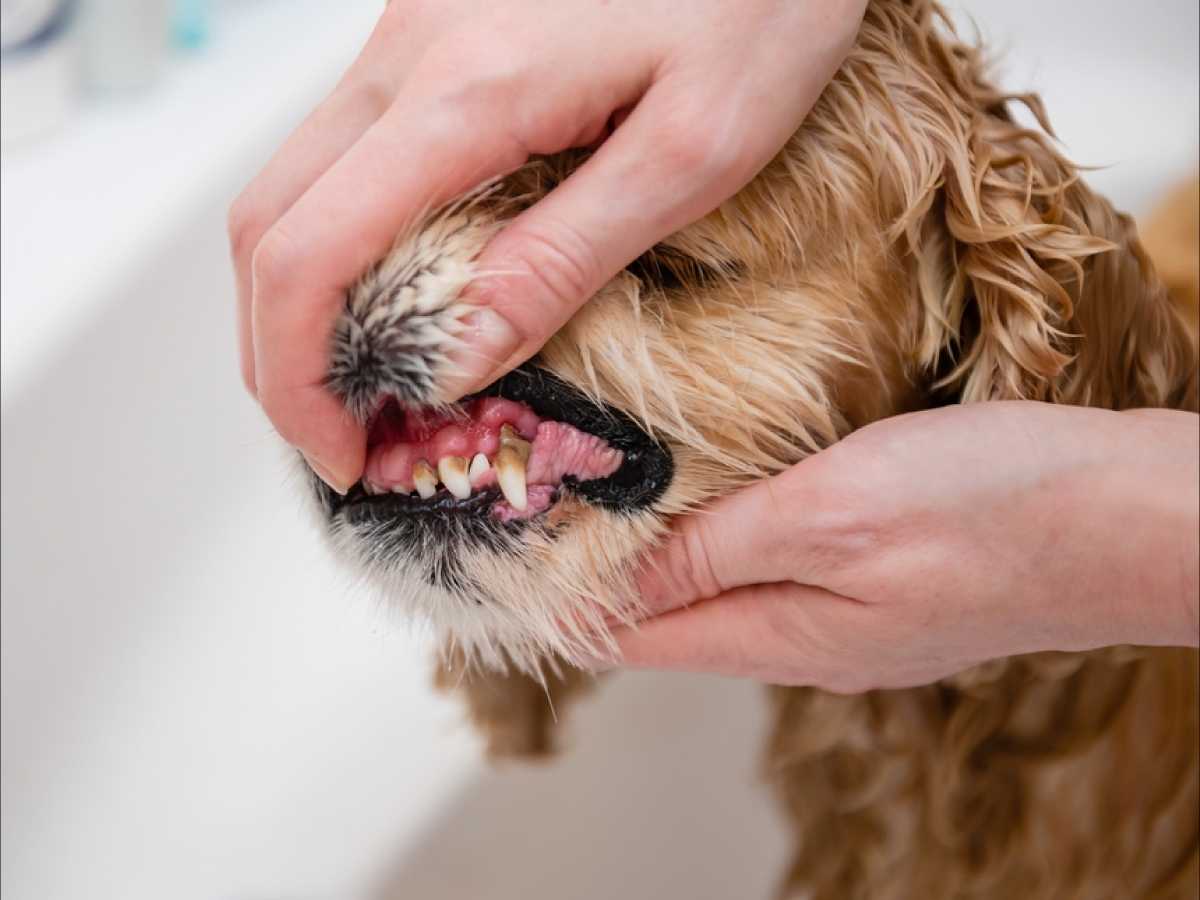
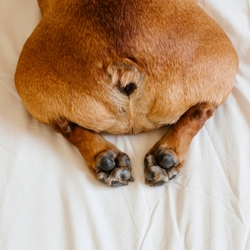
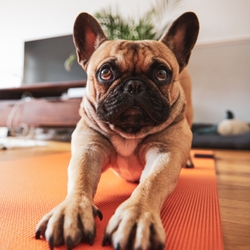
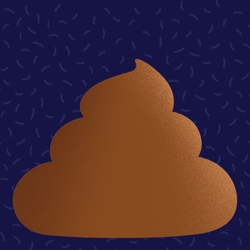
Comments: